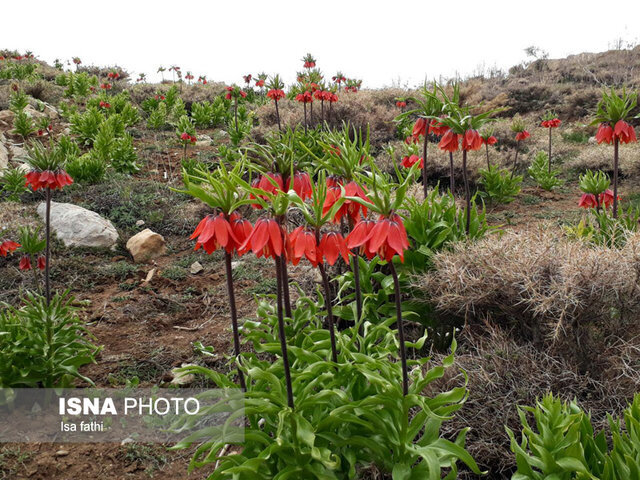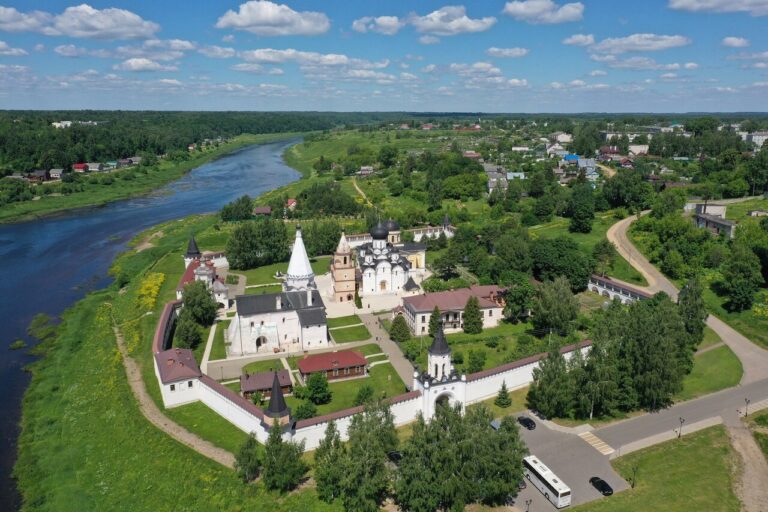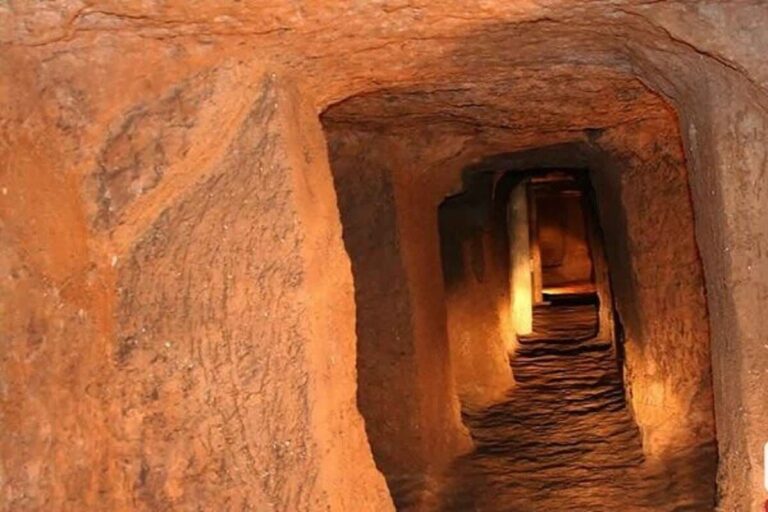Discover the Stunning Inverted Tulips Blooming in Kohgiluyeh-Boyerahmad Province!
Inverted tulips, also known as crown imperial tulips, are breathtaking flowers that flourish in the stunning landscapes of Kohgiluyeh-Boyerahmad province. These vibrant blooms, characterized by their striking red, yellow, or orange petals, are a true symbol of spring, captivating both locals and tourists alike in this four-season region. Nestled in the scenic slopes of Dena Mountain, Sarchenar, Margoon, Kakan, and Sisakht, these flowers add a colorful touch to the natural beauty of the area, as reported by CHTN.
Inverted tulips, scientifically referred to as Fritillaria, are part of the rich biodiversity of Iran, with over 120,000 identified plant species in the country. Among these, more than 170 species of tulips can be found, showcasing the region’s unique flora. Interestingly, these tulips are said to possess some medicinal properties, particularly for alleviating arthritis and rheumatic pains.
According to tourism experts, the Kohgiluyeh-Boyerahmad province boasts a habitat for inverted tulips that spans over 2,000 hectares. These remarkable flowers typically grow between 100 and 120 centimeters in height and belong to the lily family, classified as perennial bulbous herbaceous plants.
Globally, there are between 120 and 140 species of inverted tulips, with approximately 14 to 15 species identified in Iran. These flowers thrive in high-altitude, mountainous, and rocky terrains, which is why they are often associated with resilience and endurance in harsh conditions. Historically, inverted tulips were depicted alongside the tree of life and royalty in ancient Persia, symbolizing immortality.
- Tourist Attraction: The Kakan region is renowned for its stunning displays of inverted tulips, making it one of the most beautiful tourist destinations in Kohgiluyeh-Boyerahmad province. Located just 40 kilometers from Yasuj, this area is transformed into a vibrant tapestry of natural flowers each spring.
- Dasht-e Ragh Region: Another significant habitat for inverted tulips is found in the Dasht-e Ragh region. This area spans approximately 100,000 hectares and is home to a diverse array of plant species including jashir, chovil, tulsi, cardamom, oregano, chook, bilhar, mushrooms, millet, and guinea.
Soleiman Mohammadi, the head of the Kohgiluyeh-Boyerahmad Natural Resources and Watershed Management Department’s Office for Rangelands and Desert Affairs, has emphasized the importance of preserving these beautiful flowers. He urged tourists visiting the region to exercise care and respect for the natural environment.
While inverted tulips are not currently facing extinction, Mohammadi has warned that irresponsible behavior from tourists and nomadic pastoralists could threaten their survival. He noted that some valuable species of inverted tulips are at risk during the early migrations of tribal communities, which often coincide with livestock movements into the grasslands.
In conclusion, the inverted tulips of Kohgiluyeh-Boyerahmad province are not just a visual delight; they carry profound cultural and historical significance. Their preservation is vital for maintaining the biodiversity and natural heritage of this breathtaking region. Tourists and locals alike must work together to ensure that these stunning flowers continue to bloom for generations to come.






